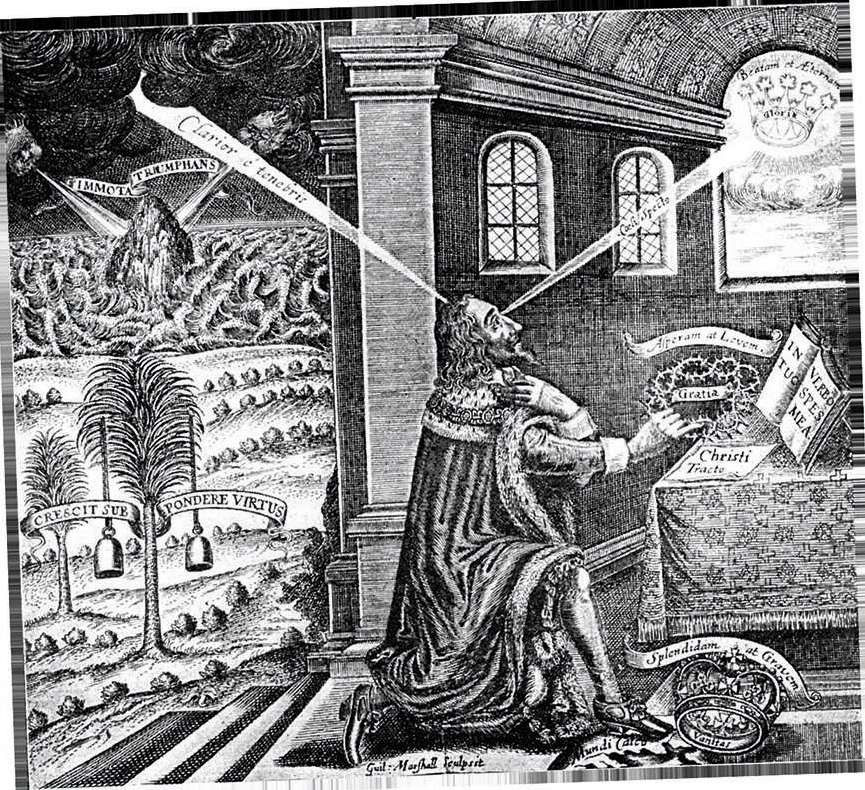The Civil Wars saw a veritable explosion in printed material, as King and Parliament did all they could to win the three kingdoms over to their respective causes, and malign the reputation of their opponents. Printing presses churned out thousands upon thousands of pamphlets and publications, some of which were sold for as little as a penny, making them easily accessible to ordinary people. It was religious and political propaganda on a scale that had not been seen in England before – between 1640 and 1660, more than 30,000 publications are believed to have been printed in London alone.
“When Charles I abandoned London in 1642, and even before then, the censorship that he and his predecessors – Elizabeth I and James VI and I – had so carefully protected completely collapsed, and we see a massive efflorescence of publishing,” says Professor Mark Stoyle. “Parliament controlled London, which meant it had unlimited access to the capital’s printing presses, typesetters, writers, publishers – the whole literary world, really. The King established royalist printing presses at his headquarters in Oxford, but he was never able to achieve the same level of print production as the parliamentarians.”

THE MAKING OF A MARTYR, 1649 First published on the day of Charles I’s execution, as the frontispiece of Eikon Basilike: The pourtraicture of His Sacred Majestie in his solitudes and sufferings, this image depicts Charles with a ray extending from his eye to the crown of martyrdom, as well as other religious iconography, including a crown of thorns. The pathos of the image made it an instant royalist propaganda win.
GETTY IMAGES X2, ALAMY X5